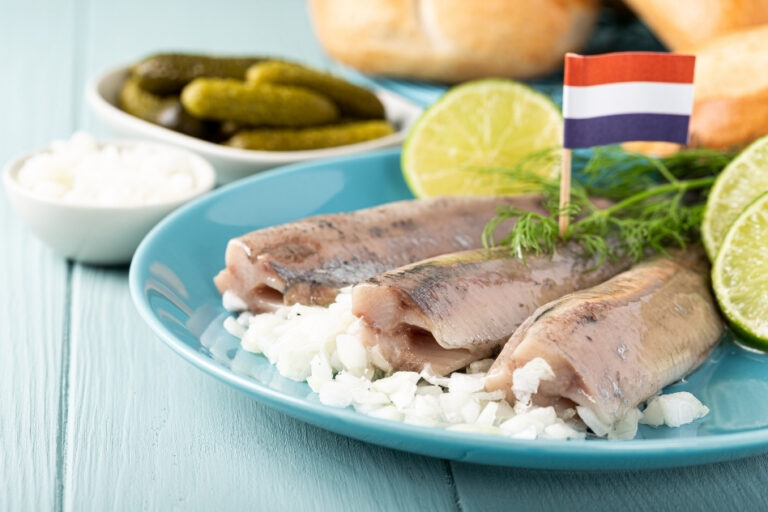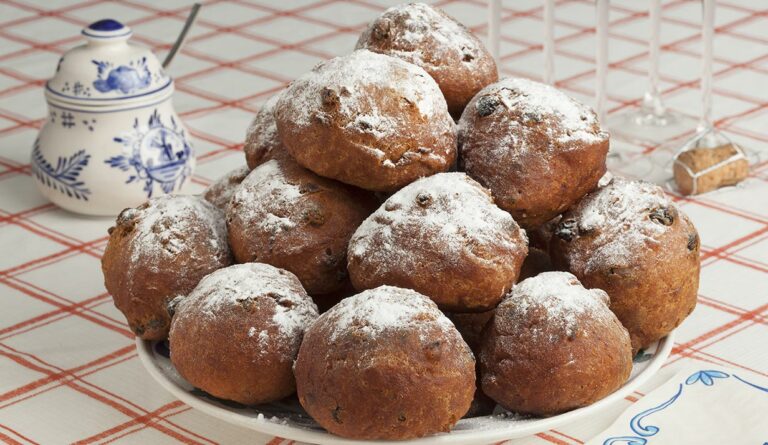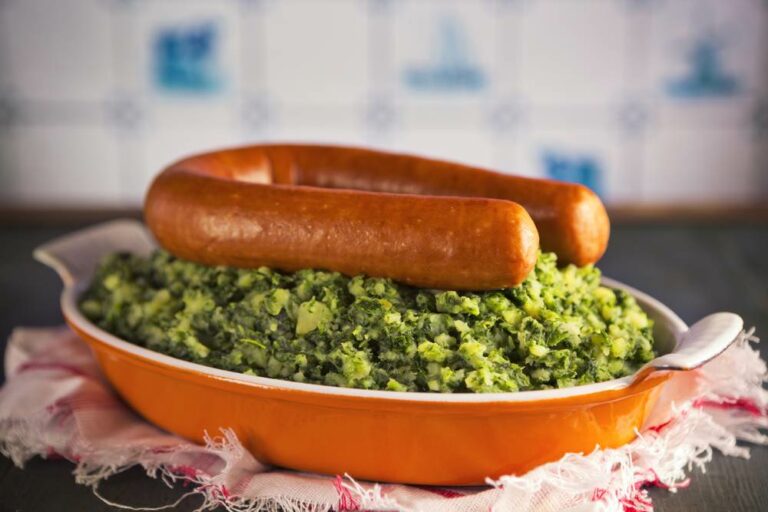Popular Beverages in the Netherlands
The Netherlands is renowned for its vibrant food and beverage culture, and it is no secret that Dutch people take their drinks very seriously. From morning coffee to evening cocktails, the country offers a variety of popular beverages that visitors and locals alike can indulge in. The most popular beverages in the Netherlands include coffee, tea, beer, wine, and traditional spirits like Jenever and Genever.
Coffee and Tea Culture in the Netherlands
The Dutch are known for their love of coffee and tea, with coffee being one of the most popular beverages in the Netherlands. The country has a thriving coffee culture, with many cafes and coffee shops dotted across the cities and towns. The Dutch typically drink their coffee black and strong, with a small cookie or pastry on the side. Tea is also very popular in the Netherlands, and the country is home to several tea houses that offer a wide range of teas from different parts of the world.
Beer Culture in the Netherlands
Beer is another popular beverage in the Netherlands, and the country is famous for its brewing industry. The Dutch have been brewing beer for centuries, and today, there are over 400 different types of beer available in the country. The most popular beer brands in the Netherlands include Heineken, Amstel, and Grolsch, but there are also plenty of craft breweries that offer unique and flavorful beers.
Dutch Traditional Beverages
The Netherlands is rich in traditional beverages, with some of the most famous being Jenever and Genever. Jenever is a juniper-flavored spirit that is similar to gin, and it is often served as an aperitif or digestive. Genever is another traditional spirit that is made from malted grains and is usually served with a beer chaser. Other traditional beverages in the Netherlands include Advocaat, a creamy liqueur made from eggs, sugar, and brandy, and Beerenburg, a herbal liquor that is often served as a digestive.
Non-alcoholic Beverages in the Netherlands
The Netherlands also offers a variety of non-alcoholic beverages, including soft drinks, juices, and mineral water. The country is home to several popular soft drink brands, including Fanta, Coca-Cola, and Pepsi, and there are also several locally produced soft drinks that are worth trying. Juices are also very popular in the Netherlands, and the country is known for its fresh, natural fruit juices. Mineral water is another popular non-alcoholic beverage, and there are several Dutch brands that offer high-quality mineral water.
Unique Beverages to Try in the Netherlands
If you are looking for unique beverages to try in the Netherlands, there are several options to choose from. One of the most popular is Dutch hot chocolate, which is made using a unique blend of cocoa and spices. Another unique beverage to try is Dutch apple cider, which is made using locally grown apples and has a crisp, refreshing taste. Finally, you may want to try a Dutch liqueur called Krenkelaar, which is made using the juice of crab apples and has a tart, fruity flavor.






